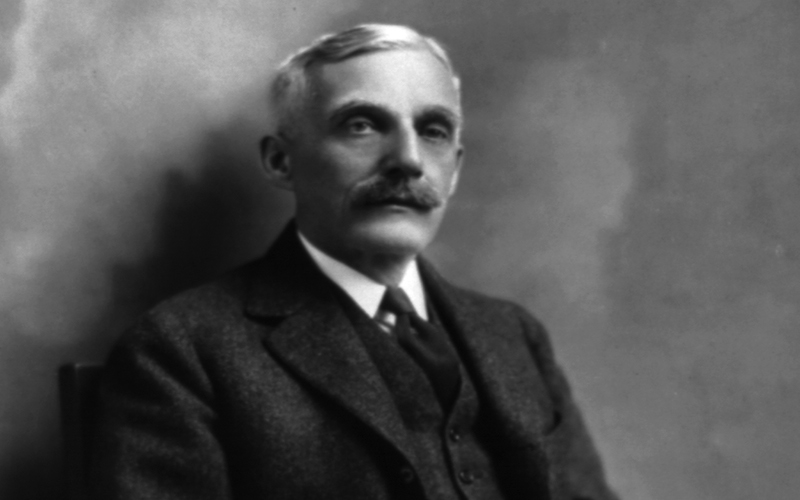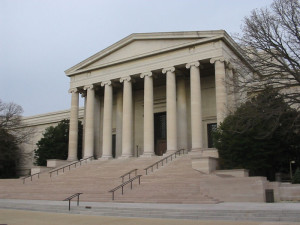Andrew William Mellon was born in 1855 and before his death in 1937, he would serve as the United States Ambassador to the United Kingdom, act as the United States Secretary of Treasury and amass great wealth in banking. Most importantly, he would go on to donate an art collection valued at $40 million and $10 million in construction for the establishment of the National Gallery of Art (NGA) located in Washington, D.C.
Mellon was as dedicated to art and philanthropy as he was to business enterprise. Not satisfied to give sporadically to causes, Andrew W. Mellon was a generous and prolific patron of the arts. The Robber Baron began amassing his private collection of old master paintings and sculptures during World War I, eventually focusing his collection towards the curation of a national gallery for the U.S.
In 1930 the A.W. Mellon Educational and Charitable Trust was founded by Mellon as the legal owner of the gallery collection – with its first acquisition being such masterpieces as Raphael’s Alba Madonna and Jan van Eyck’s The Annunciation.
The National Museum of Art was designed by renown Jefferson Memorial architect John Russell Pope and was the largest marble structure in the world at the time of its construction. Both Pope and Mellon died 4 years before the completion of the expansive building but its erection accomplished what Mellon intended: the impetus for other wealthy patrons to donate to the gallery.
The museum breaks up into two major buildings: the West Building and the East Building. The former contains collections of European paintings and sculptures from medieval to 19th century era, as well as American art from the turn of the century. Art by Vermeer, Monet and van Gogh can all be found featured in this West Building.
The East Building, by contrast, houses modern and contemporary art, with collections by Pablo Picasso, Jackson Pollock and Roy Lichtenstein to name a few. The East Building contains the main offices of the NGA and a large research facility, Center for Advanced Study in the Visual Arts (CASVA).
Mellon was deeply interested in the preservation and education of art in the United States. Perhaps in keeping with that sentiment, the gallery remains a public and free space for visitors.












